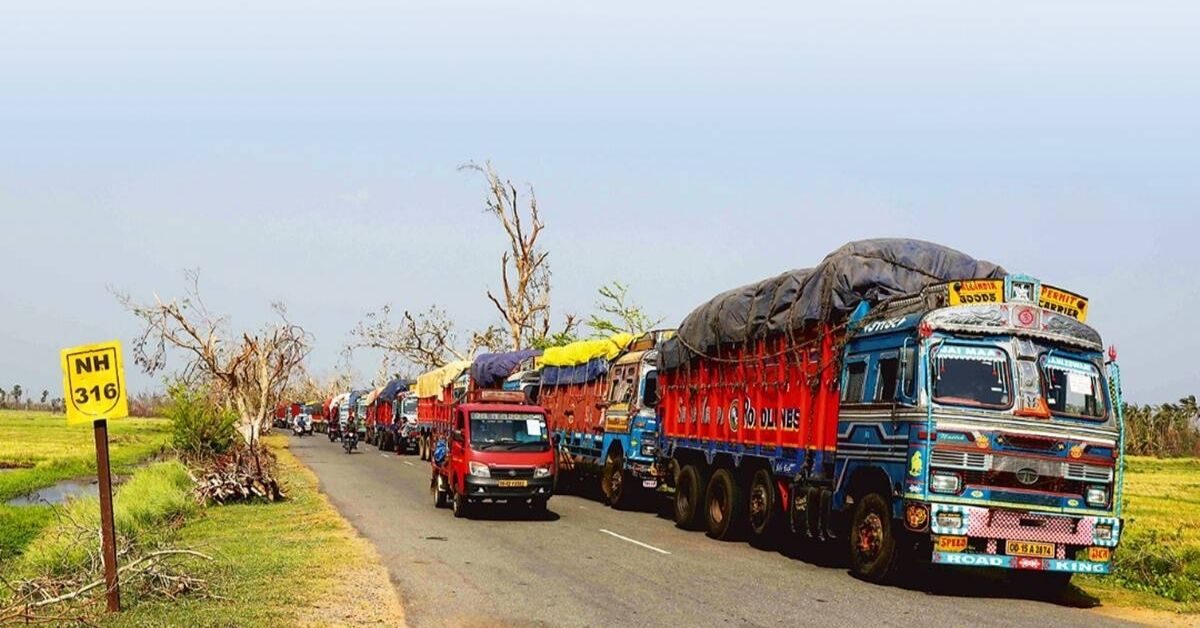The pandemic has amplified the uncertainties of demand and supply worldwide in an unprecedented manner. This is well illustrated by how the US consumer market’s demands have shaped up since the beginning of the pandemic. It started with a massive demand for health and hygiene products like toilet paper and disinfectant wipes. This demand led to supply constraints for hygiene products. A year later, in mid-2021, suppliers of toilet paper are saddled with overcapacity; demand has tapered to below pre-pandemic levels, even as demand for restaurant tables and sexual health items has suddenly ramped up, creating supply disturbances.
Another impact of the pandemic has been due to localised lockdowns, as seen in India. A supply chain network spans states and locations, parts of which may be under localised lockdowns, thereby impacting the entire supply chain. Overlay on this the global supply chains, geo-politics, international maritime and air transport, domestic rail & road networks, down to the hyper local delivery, and the supply chain complexity is mind boggling!
Technology trends
An efficient transportation and logistics system is the backbone of an economy. The future supply chain is being built on interconnected technology, end to end. Supply Chain visibility within the network (e.g. producers, carriers, warehouse operators) and to the customers is integral now. A service provider can track the traffic situation, fuel utilisation, or the weather and a retail customer can track her shipment merely with a click.
Artificial Intelligence has increasingly helped providers in augmenting predictive capabilities. AI is used in optimising operations through demand forecast, operations planning, route charting, driver behaviour analysis, among other things. Connected through large Internet of Things (IoT) sensors over a reliable communications network, supply chain information is real time.
Further, AI powers industrial robotics, which has ample usage in the logistics sector, especially in warehouse operations. This is facilitated by Big and Clean Data, allowing machine learning and enhancing predictive capabilities to improve operational abilities. Whether it’s a global logistics giant saving millions of gallons of fuel annually or major e-commerce brands promoting same/next day delivery, all rely on a robust AI platform.
Another advancement is Computer Vision based AI which is enhancing operations through visual recognition of cargoes, trucks/wagons and helps in preventive capacities and efficiency enhancement. Blockchain has been used in smart contracts and distributed ledger system so far and has usage in data transparency, digital security enhancement and asset tracking. There are examples of a European logistics giant and a global shipping company collaborating with top technology consulting firms on specific initiatives, though, overall, the adoption has been slower.
Emerging business models
One vital element of business today is that competition can emerge from multiple sources, including, most notably, from customers. A prime example is Amazon which in addition to being a major customer is a rapidly growing logistics player, as is evident from Amazon Transportation Services and, internationally, Prime Air, Amazon Flex, and Amazon Scout. Relatively new business models built on technology platforms instead of physical assets have emerged. Examples of this include ‘Uberisation’ of trucking and hyper-local delivery services.
What is interesting is that the absorption of technology has been higher among the large global names and the nimble-footed tech platform oriented ventures worldwide and in India. But the large domestic players are catching up rapidly. For the Indian logistics sector to realise the huge growth potential of $320 billion over the next five years, every segment of the sector needs to enhance performance aided by technology.
Source : Financial Express







